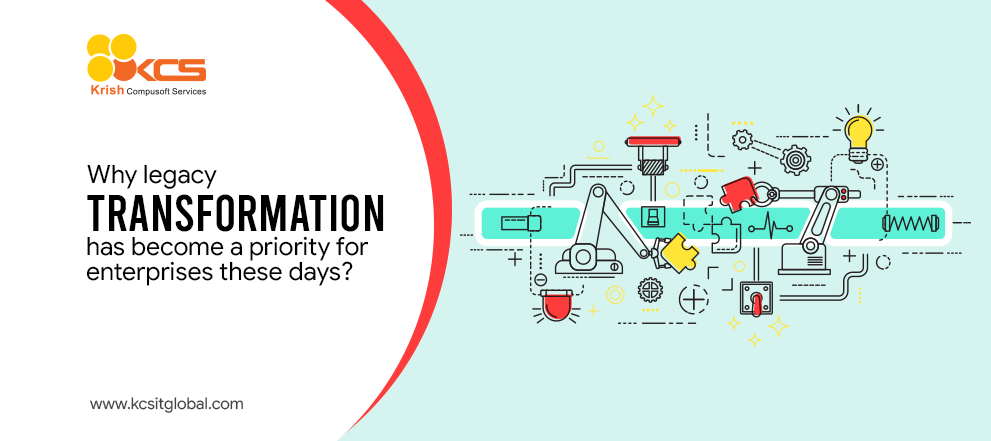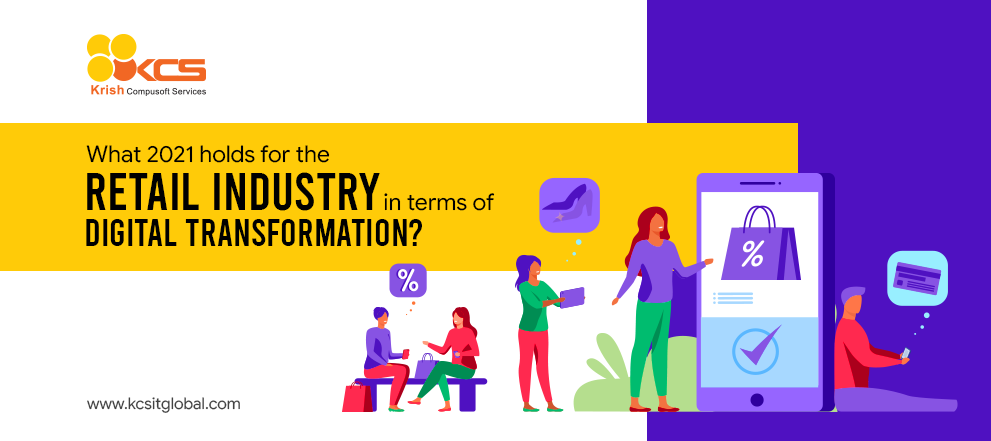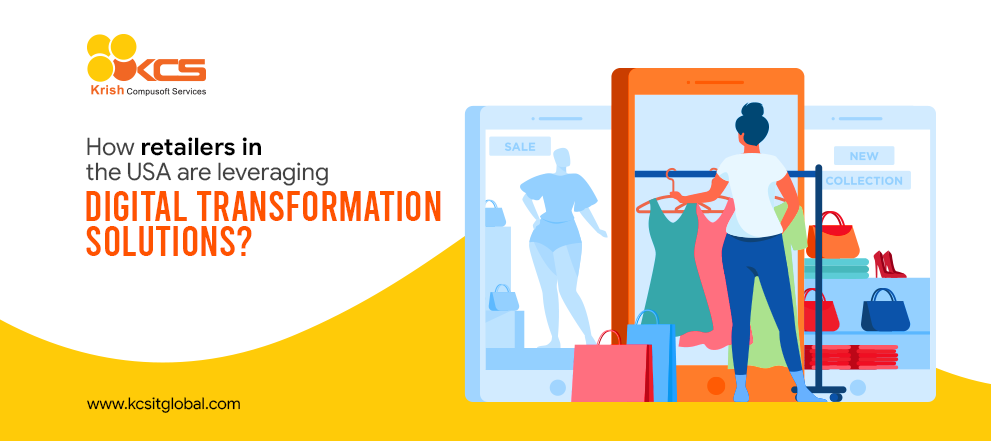
Category: Hi-Tech
Why legacy transformation has become a priority for enterprises these days?
As comfortable as those old pairs of sneakers feel when you cozy up by the fireplace, the fact is that after some time, the wear and tear will catch up with them, and they might not match your footwear requirements. It doesn’t matter how much you love them; you have to accept the fact that your sneakers need replacement with a newer pair. And just as comfortable and reliable as your legacy systems might seem to be on the surface, sooner or later IT departments will have to decide whether to transform their business processes and apps or risk getting left behind the competition.
Occasionally, the systems and tools you have been depended on for many years just work for your business and will continue to satisfy your routine business requirements for a certain period. But when you are ready to integrate new services and partners, shift apps to the cloud, or support big data initiatives, a legacy system might not offer the capabilities that are needed to be successful. If you are getting a chargeback from your trading partners or if your system is a decade old, it is high time to consider transforming your EDI solutions.
- Low data security
- Inability to handle various data types
- Poor visibility into data flows
- Manual integration and customization
- Overall latency in data movement, mainly because of one-off or personalized integrations
- Poor error ID and resolution processes
The inability to contemplate these challenges head-on ultimately will restrict growth, and managing legacy systems prevent business scale. Moreover, legacy systems tend to need additional resources with specialized skill sets to manage, which do not support the agility, flexibility, and smooth-function business operations that companies ask for.
Before deciding to digitize your IT operations, an organization needs to have a comprehensive and fundamental understanding of its systems currently in place. And to get that understanding, here are five questions that a company should ask itself:
- Do you need to personalize integrations to connect to new apps and trading partners?
- Are you capable of accepting and process various data formats from all internal apps and partner systems?
- Are you able to recognize data processing errors and resolve them quickly?
- Are you able to promptly manage the increased volume of data from new apps and trading partners?
- How much investment is fixed to supporting a legacy system like chargebacks, maintenance costs, and development expenses?
Benefits of Legacy transformation
1. Enhance performance:
When you are using old technology, you might face slow loading speed, outdated UI/UX, and troublesome maintenance and updates. All these issues affect the overall performance of a system. With legacy transformation, the IT backbone of an enterprise can become more scalable, flexible, and easier to manage. With the help of the latest tools and technologies, companies can drastically enhance performance like quick loading time, increased speed of services, outstanding user experience, no downtime, and the ability to handle a higher workload.
There are various tools and platforms that are introduced to the end of their lives. The support and updates are not available from their vendors. These out-dated tools and platforms are one of the biggest roadblocks to digital transformation. Old and outdated technologies enhance the risk of downtime and maintenance costs. Eventually, the skills needed to manage the system will be no longer available in the market. You might find it challenging to monitor or upgrade it. The cost of maintenance is comparatively higher than the modern infrastructure. Optimized cost is one of the remarkable advantages of the legacy transformation.
Legacy systems are more prone to risks and vulnerability. By deploying modern infrastructure, enterprises can better maintain security provisions and decrease the risk of malicious attacks and data fraud. Companies have started paying attention to data compliance and managerial standards to win the trust of their clients. Legacy transformation helps them to meet compliance requirements and assure that their customers for the best security controls in place.
Legacy transformation is a priority for today’s enterprises no matter what the domain and size are. Legacy systems are still operating with their own set of issues and cost constraints. In order to stay competitive, the company should reduce costs, enhance productivity, and boost the software development process. Flexibility, continuous change, and scalability are the most important factors for the survival of a business. Technology evolves and so does your business. For small businesses that are planning to transform their legacy systems, KCS is the best place to get it done. We are offering services such as cloud migration, product engineering, app modernization, and a lot more that can completely change how your business operates.
Recent posts
-
KCS Joins Forces with Biarca on Cloud Security, Announces Completion of Strategic Acquisition
March 30, 2022
-
Krish Compusoft Services (KCS) appraised at (CMMI)® Maturity Level 5
November 04, 2021
-
KCS commemorates its 20th anniversary with a series of exciting activities and announcements
August 15, 2021
Articles
-
How Utilities are Adapting to the ‘New Normal’ Post Pandemic in the Realm of Customer Experience (CX)
February 02, 2022
-
How Enterprise Logic Apps Create Business Value for Azure Users
November 15, 2021
-
Accelerate Your Journey To Smart Manufacturing Transformation - The Ecosystem Approach
October 26, 2021











